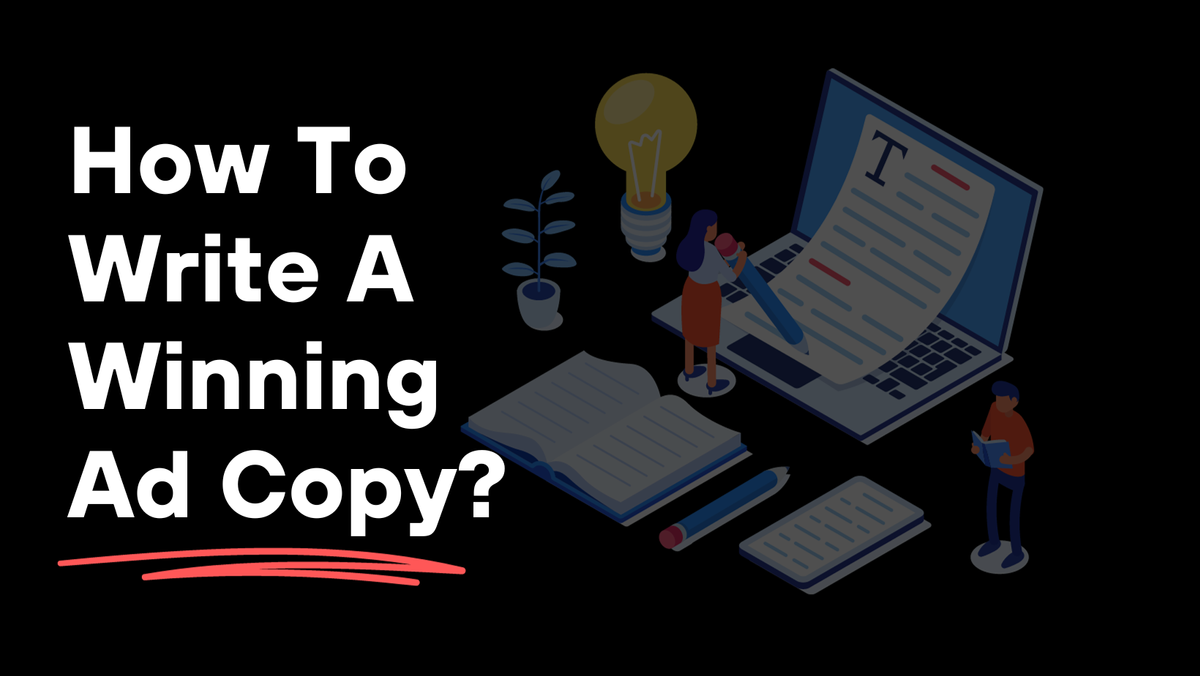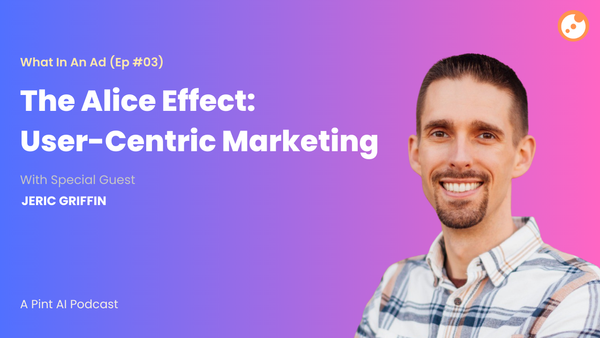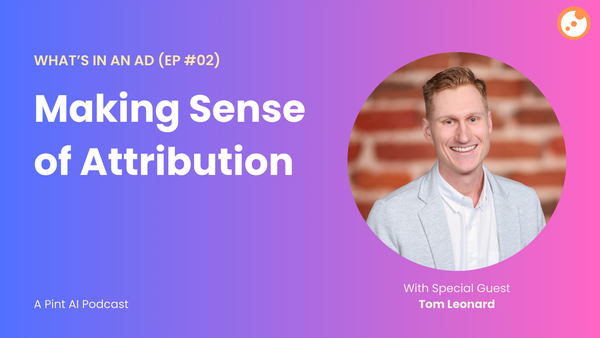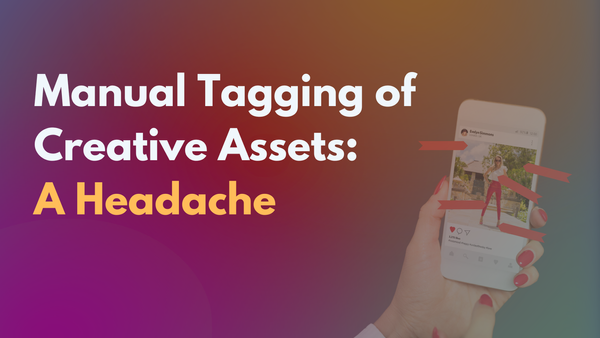How To Write Winning Ad Copy
Writing a winning ad copy is all about understanding how aware your customers are about your product and what you're selling. Here's the ultimate guide.

Writing ad copy can be tricky, especially for digital ads. You don't have too much real estate, nor does anyone really have their prospects' attention. So if you know exactly who you're targeting, then how can you create copy that will help you convert?
It starts by understanding how aware your customer actually is. What do I mean that? Well basically, does the customer even know that they have a problem that you're trying to address? Or, does the customer already know about products of your kind, and is looking to see what makes you different?
Eugene Schwartz — considered to be one of the best copywriters in marketing history — introduced and broke this concept down beautifully in his 1966 book, Breakthrough Advertising. He wrote that there are 5 essential stages of customer awareness, and understanding these stages helps you craft a more targeted copy, leading to higher conversions.
Breaking down the 5 stages
Each of the 5 stages describe the different levels of awareness, from unaware to almost ready to make a purchase:
The five stages of customer awareness are a marketing concept that outlines the different levels of a customer's awareness about a product or service. These stages are:
- Unaware: The customer is not aware of their problem or need.
- Problem-Aware: The customer recognizes they have a problem but doesn't know the solutions.
- Solution-Aware: The customer knows the solutions but not your specific product or service.
- Product-Aware: The customer is aware of your product or service but isn't sure it's right for them.
- Most Aware: The customer knows your product, its value, and is ready to make a decision.
How Does This Help Write Copy?
Note: The examples used below are taken from Dickie Bush and Nicolas Cole, Write With AI
Stage I: Unaware
Here, you introduce the problem. At this stage, your customer doesn't know that they are facing a problem in the first place. So you might end up writing something like this:
Your content strategy is leaking money!
Stage II: Problem-Aware
Now, the prospect knows about the problem. They relate to the problem that you spoke about, so now it's time to dig in deeper and set them up to be receptive of the solution. Your copy might read something like this:
Most content agencies are spending 20 hours a week on content that no one reads.
Stage III: Solution-Aware
It's time to introduce your solution and what you offer!
Transform your content strategy in just 30 days.
Stage IV: Product-Aware
Now that the prospect knows about your product, you need to double down. Make the case for your product.
We're not just another content agency, we're your strategic partner.
Stage V: Most Aware
Your prospect is ready to be sold! This last stage is when a potential buyer is actively considering products like yours and is almost ready to make a purchase. Reel them in:
Ready to take take control of your strategy? Sign up in the next 24 hours to get these 3 bonuses.
Key Takeaway
And so, it's important to really understand in which stage of awareness your customer is. This will help you craft not just the ad copy, but even the structure of your creative! Understanding these different stages will make your ad all the more relevant to your potential target users.
And on social media platforms, the relevance of an ad has a big, big role to play in how well the ad actually performs. So use these stages wisely to craft your ad copy and improve conversions! Here are some more resources for you:
- 5 Stages Of Customer Awareness, Brand Master Academy
- The Ultimate Guide to Copy for Paid Ads, Marketing Explained
- How Customer-Awareness Stages Can Help You Understand Your Customers and Increase Your Conversions, OptiMonk
For more such content, subscribe to Analyze That Ad today, and follow us on X (formerly Twitter)!




